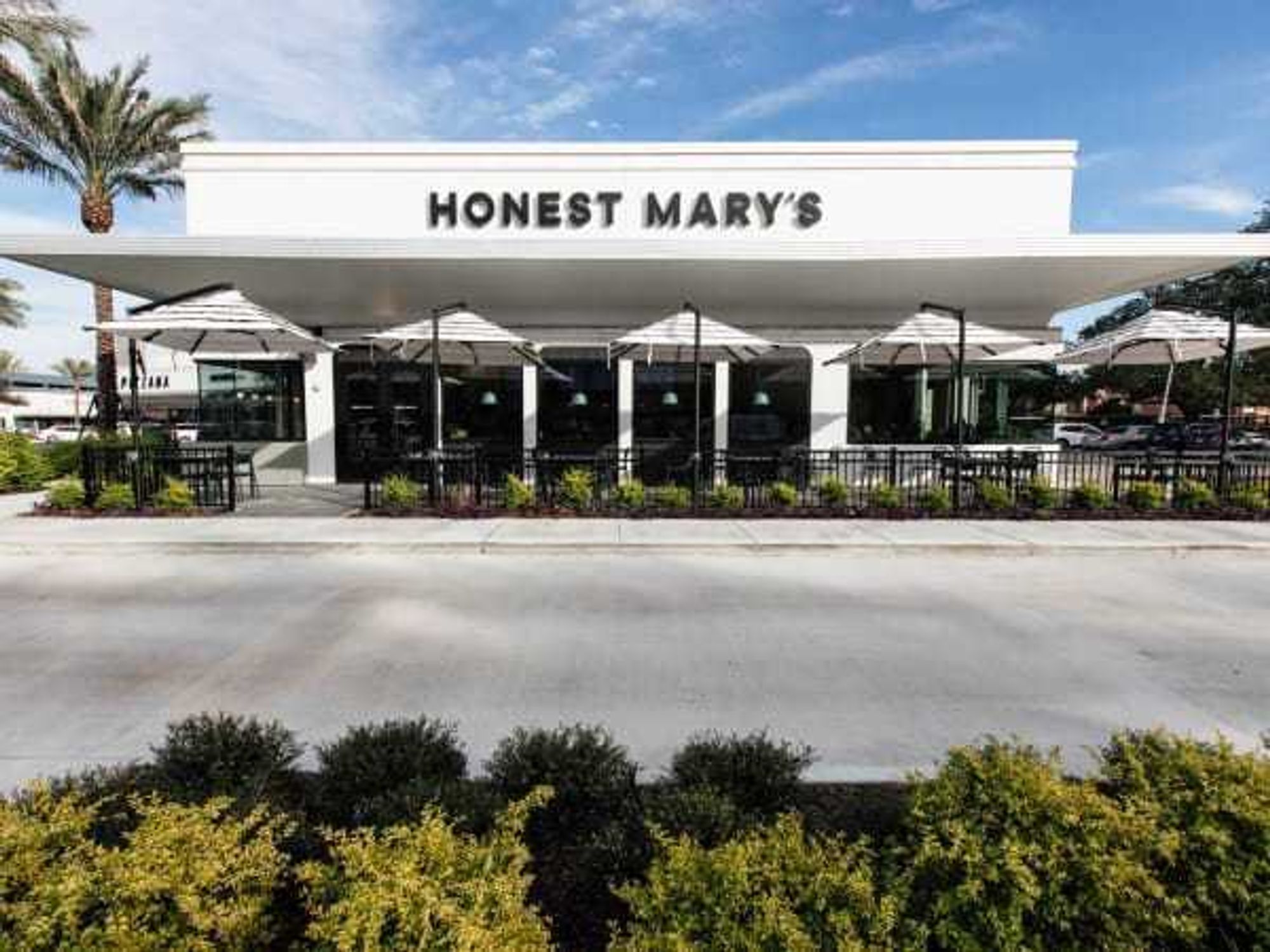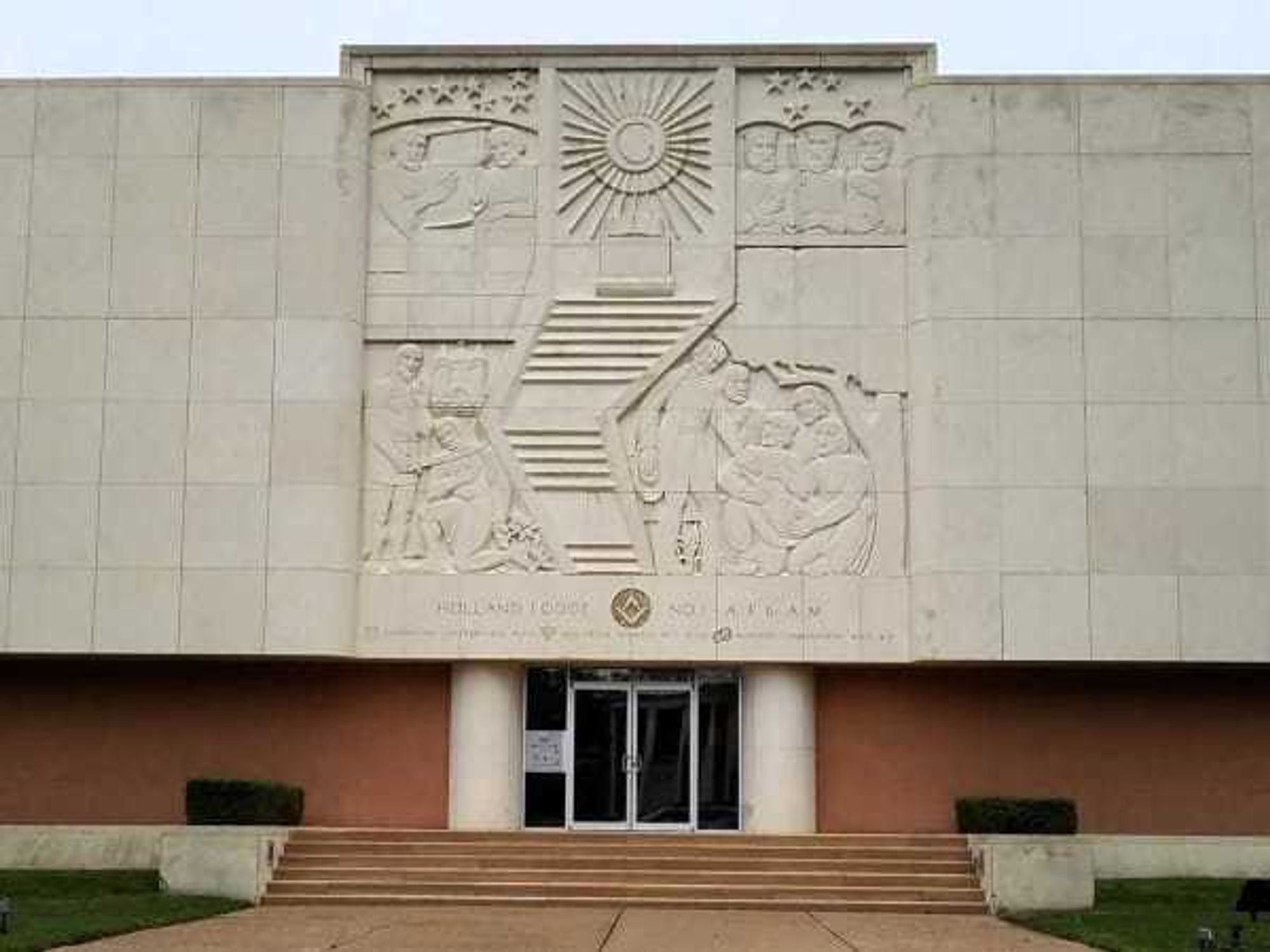not fin-ished yet
Hurricane Harvey wreaked havoc on Galveston Bay's dolphins, says new report

Hurricane Harvey caused more than $125 billion in damage, was responsible for at least 88 deaths, and damaged more than 204,000 homes. Now, a new study reveals the devastating effects the storm has wreaked on Galveston Bay’s dolphins.
Following the historic flooding from Harvey, researchers reported a 73 percent drop in bottlenose dolphin encounter rates in the upper Galveston Bay.
Freshwater skin lesions were found on 96 percent of the observed dolphins, according to a study by the Galveston Bay Dolphin Research Program (GDRP), recently published in the journal Estuaries and Coasts.
GDRP, a partnership of the Galveston Bay Foundation and the Environmental Institute of Houston at the University of Houston–Clear Lake, has been studying and bringing awareness to the vulnerable bottlenose dolphin population in Galveston Bay through monthly boat-based surveys since 2014.
According to its report, GDRP researched the effects of Hurricane Harvey on the dolphin population after it inundated the Galveston Bay estuary with record-breaking rainfall and flooding in 2017. The group found that the estuary was almost completely flushed out with freshwater, sediment, debris and pollutants, and the salt levels in the Bay declined rapidly from an average of 14 to less than 1 ppt, altering aquatic habitat in the weeks following the storm and did not recover for about two months.
Researchers then compared dolphin encounter rates for the months before and following Harvey to a year with no hurricane, examined shifts in habitat-based encounter rates, and evaluated the prevalence and extent of dolphin skin lesions.
Some 96 percent of dolphins observed in upper Galveston Bay following the hurricane had freshwater skin lesions, while 65 percent of those had moderate to highly extensive lesions.
After salinity levels increased, dolphins returned to upper Galveston Bay and the amount of skin lesions on individuals decreased, but many dolphins still had lesions for at least four months after Hurricane Harvey, says the report.
Meanwhile, Houstonians can support this vital research by virtually adopting or naming one of the special bottlenose dolphins that call the upper Galveston Bay home. The $200 adoption fee comes with an adoption kit that includes a photograph of your dolphin, a map of where it has been sighted, quarterly updates on future sightings and a one-year Dolphin Society membership.
A $500 adoption fee includes these benefits plus a quarterly conference call with Research Scientist Dr. Vanessa Mintzer to learn about Galveston Bay dolphins. Currently three dolphins are available for adoption.
Two dolphins are also available for naming rights for $2,500. Naming rights include the opportunity to name the dolphin for life, recognition on the GDRP and Foundation’s website and an adoption certificate, as well as all the benefits of the year-long adoption.
For more information on the dolphin adoption, visit the official site. More information can be found online on the Galveston Bay Dolphin Research Program.

 The building at 4911 will be torn down for the new greenspace. Holland Lodge No. 1, A.F. & A.M./Facebook
The building at 4911 will be torn down for the new greenspace. Holland Lodge No. 1, A.F. & A.M./Facebook